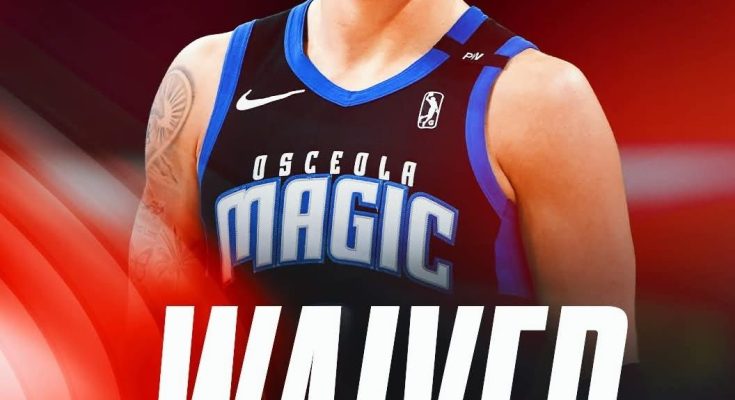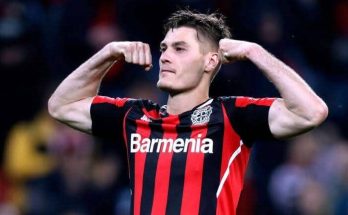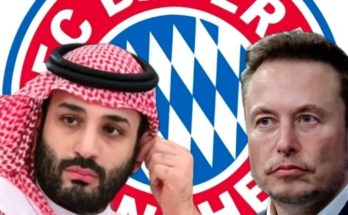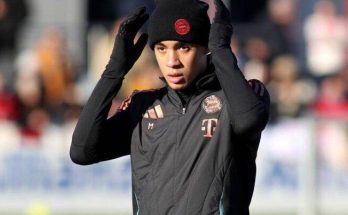Three hours. That’s all it took. In the volatile, often labyrinthine world of NBA roster maneuvering, sometimes a front‑office decision can turn around faster than a fast break. But the news that the Bulls dismissed Mac McClung only hours after signing him—first reported via Keith Smith on Spotrac—captures just how transactional, intricate, and strategic these signings can be.
To the casual observer, it might seem inexplicable: why sign a player only to waive him before he even suits up? But when you look beneath the surface—into the contracts, the league rules, G League affiliations, roster constraints, and team philosophies—it becomes clearer that this is far from an anomaly. It is, in fact, a familiar procedural move, one that the Bulls likely employed for a specific purpose.
Mac McClung’s story is one of raw athleticism, highlight reels, and persistent under-the-radar effort. Undrafted in 2021, McClung has carved out a reputation as a high-flying dunk champion (he has won three straight NBA Slam Dunk Contests) and as one of the more electrifying scorers in the G League. (SI) Yet his NBA playing time has been minimal—just six games total across several teams (Lakers, Philadelphia, Orlando, Chicago). (Wikipedia) His strengths—athleticism, finishing at the rim, explosiveness—are evident. His weaknesses—defensive consistency, playmaking in structured sets, shooting from deep or in tight spacing—are what have kept him on the margins of NBA rosters.
So when the Bulls announced they had signed McClung, eyebrows were raised not because he lacked promise, but because their guard room was already crowded: names like Josh Giddey, Ayo Dosunmu, Coby White, Tre Jones, Kevin Huerter, Jevon Carter, and others make for stiff competition for minutes. (Yardbarker) To insert McClung into that mix on a standard guaranteed contract would have been a bold gamble.
What likely occurred is that the Bulls signed him to an Exhibit 10 contract, a specific form of non-guaranteed deal that allows a team to waive a player and direct him to their G League affiliate (in Chicago’s case, the Windy City Bulls). Under such contracts, if the player reports to the G League affiliate and stays there for a minimum time (often 60 days), he becomes eligible for a bonus (for example, amounts around $85,300 are sometimes cited) to incentivize him to remain in the system.
Thus, the three‑hour turnaround wasn’t necessarily a rejection of McClung’s talent; rather, it appears to have been a tactical move. By signing him and then quickly waiving him, the Bulls preserved a pathway for McClung to join their G League affiliate under favorable financial terms, while not occupying a coveted NBA roster slot.
Another wrinkle: McClung had returning rights in the G League held by the Osceola Magic. Before Chicago could effectively incorporate him into their system, they needed to acquire those returning rights. The sign‑then-waive strategy may serve as a bridge: once the rights are transferred, McClung could become eligible for assignment to Windy City under the correct contractual structure.
In sum, Chicago’s rapid waiver of McClung should be understood not as a spontaneous capricious act, but as a maneuver consistent with how NBA teams manage deep rosters, development pipelines, and G League partnerships. The front office gets to keep the player in-house, gives him the chance to develop in the affiliate system, retains optionality without immediate commitment, and frees up the NBA roster for players they see as closer to contributing now.
From McClung’s perspective, this kind of outcome is hardly new. His career has been a balancing act between proving himself in the G League and hoping for intermittent NBA looks. There have been moments of optimism: in 2025, the Orlando Magic withdrew their qualifying offer to McClung, making him an unrestricted free agent, so he could chase new opportunitiesIn the G League, he’s more than shown he belongs: last season with Osceola, his averages hovered around 23.0 points, 5.4 assists, and 3.9 rebounds in 32.4 minutes, shooting .481 from the field. His knack for electrifying dunks has made him a fan favorite and NBA All-Star Weekend staple, but the jump from highlight to meaningful rotation minutes remains steep.
For the Bulls, too, this is a relatively low-risk play. If McClung thrives in Windy City, they retain a first call if NBA injuries or roster needs emerge. If he doesn’t, they’re not saddled with a guaranteed contract or committed salary. It’s exactly the kind of optionality that modern front offices seek in managing 15-man rosters plus two-way and Exhibit 10 spots.
Still, for McClung, 24 hours after this move, the narrative might feel harsh: signed, then unceremoniously waived in less time than it takes to watch a movie. Critics and fans on social media haven’t held back:
Some see it as sad; others see it as par for the course in a system that treats many players like chess pieces. But if McClung stays the course, plays 60+ days with Windy City, delivers — the bonus and exposure could reopen NBA doors.
In comparing the rationale, note that this type of move has precedent across the league. Teams routinely sign players to Exhibit 10 or non-guaranteed deals and then waive them to retain rights and funnel them into their development system. It’s a mechanism of control, not necessarily a judgment on immediate readiness.
What’s striking here, though, is the dramatic speed. Three hours. That suggests this was all planned in advance: the front office likely had all the moving parts aligned—the contract, the waiver clause, the assignment plan, rights acquisition—before the ink dried. The public announcement of the signing may have been part of a process to alert the league, trigger certain windows, or satisfy procedural requirements. And once that step was completed, the waiver was executed.
Still, behind that procedural logic is a human story. McClung is a player whose style—athletic, aggressive, fast-breaking—fits more naturally in open-court, high-pace situations, not necessarily structured half-court offenses or tight defensive schemes. He must continually prove he can adapt, defend, shoot consistently, and avoid being exposed in complex systems. With each chance comes pressure: do more than dunk, do more than electrify the crowd; show reliability, maturity, incremental growth. The G League is his proving ground. The Bulls may have seen him as a candidate worth investing in via that pathway, even if not immediately.
What now? McClung will likely land in Chicago’s G League affiliate (if all the rights and assignments are processed correctly) and begin a campaign to force his way back into NBA consideration. He’ll aim for consistency, defensive accountability, and improved playmaking or shooting to complement his athletic upside. The wind will be against him — G League minutes aren’t glamorous, contracts are small, exposure is lower — but for many players on the fringe, this is the path.
From the Bulls’ perspective, the move earns them a feather in their development cap: they take a swing on a high-upside, low-cost player, retain flexibility, depth, and optionality. It’s a small bet with potential upside. If McClung blossoms and earns a call-up, they look prescient. If not, they can move on with minimal damage.
Critics might argue the move is insensitive or cold. A player gets announced as part of the team, only to be discarded hours later. But in the NBA ecosystem, many transactions are made for reasons other than immediate on-court impact: salary cap gymnastics, affiliate assignments, rights management, bonus structures, qualifying offers, roster flexibility. Often, what seems capricious is structural.
To his credit, McClung has faced setbacks before. His trajectory has been winding, looping, marked by flashes, but also by persistence. Some players might balk at these procedural exits; others lean into them, understanding them as steps in a longer climb. The dunk contests, the highlight reels, the G League MVP awards—they carry weight, but not guarantees. What matters most is adaptability, craft, growth, consistency. If McClung can prove those, this three‑hour waiver will be remembered not as a rejection but as a tactical detour.
In the end, this episode underscores just how unforgiving professional sports can be, especially for players on the margins. Even in moments that look like promise, the machinery of leagues, contracts, and affiliations hums quietly behind the scenes, guiding outcomes that might seem sudden from the outside. Mac McClung’s three‑hour stint with Chicago is emblematic of that tension: between aspiration and structure, between highlight and role, between athlete ambition and organizational strategy.
If you like, I can walk you through comparable cases—players signed and waived quickly in NBA history—and what eventually became of them. Do you want me to do that?



